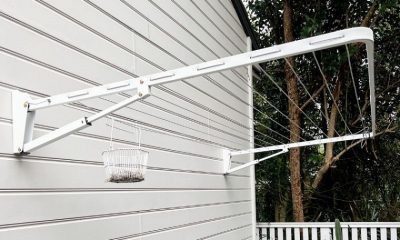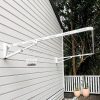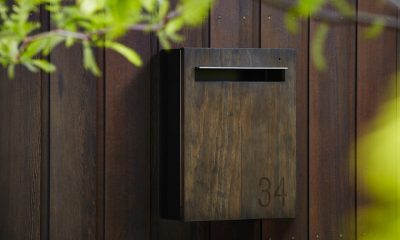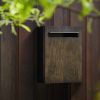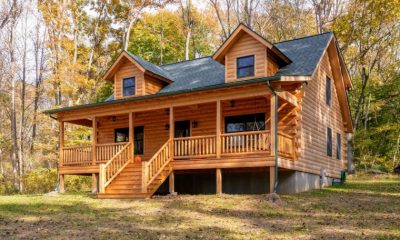House & Garden
Seal the Deal: Essential Tools and Benefits of Properly Sealing Your Log Home
Log cabins stand out with their unique exteriors, offering a distinctive charm that’s hard to find in modern homes. However, maintaining this beauty involves more than just a simple upkeep routine. Properly sealing your log home is essential for preserving its natural colour and protecting the wood from the elements. Although sealing is a relatively straightforward process, it demands careful attention and thorough effort to get it right.
Essential Tools and Materials
Caulking Gun
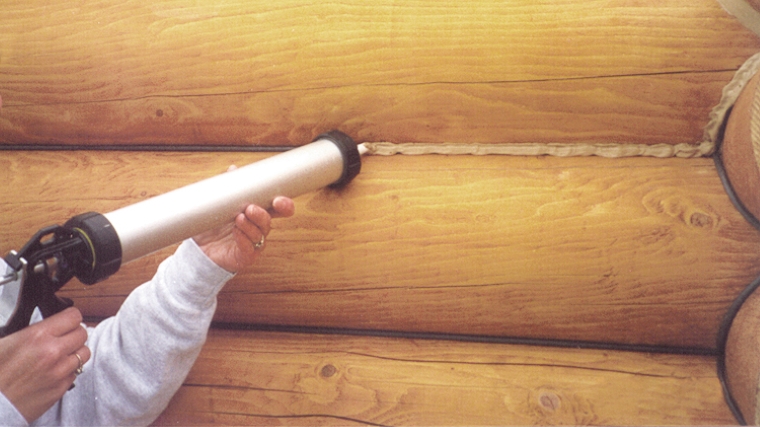
A caulking gun is an essential tool when sealing a log home, as it ensures precision and efficiency in applying sealant to the small gaps and joints between logs. This handy device allows you to control the flow of caulk or sealant, making the application more even and less wasteful, which is particularly important for a project as delicate and labour-intensive as sealing a log cabin. Without a caulking gun, you’d struggle to get the sealant into those tight spots, leading to inefficient coverage and potentially leaving your wood exposed to moisture or pests.
But don’t settle for just any gun. Look for refillable caulking guns that work well for log home projects. Unlike disposable versions, a refillable gun is designed for long-term use, saving you money over multiple projects. It allows you to refill the gun with bulk caulk, which is not only more cost-effective but also eco-friendly, as it reduces plastic waste from single-use tubes. For a large project like sealing a log home, the ability to use bulk caulk means fewer interruptions, so you can focus on the task at hand without constantly stopping to reload.
It’s also helpful to look for a caulking gun with a metal plate to speed up the loading process. This feature helps you clean the sides of the pail while refilling, reducing the mess and saving you valuable time. The more efficient the application, the lower your overall project cost will be, as you’ll cut down on both time and material waste.
When selecting a calking gun, make sure to prioritize one that’s durable and easy to use. The best caulking guns will have smooth action, minimal drips, and ergonomic handles to reduce hand fatigue. With the right caulking gun, you’ll achieve a flawless seal, protecting your log home while keeping your project costs in check.
Stain
When it comes to materials, a log home stain is essential because it provides a protective layer that shields the wood from harmful UV rays and moisture. Without a high-quality stain, your log home’s exterior can deteriorate over time, leading to fading, cracking, and even wood rot. Staining not only enhances the appearance but also preserves the structural integrity of the wood, ensuring your home remains beautiful and durable for years.
Sealant
When sealing your log home, choosing the right sealant is key to long-term protection. A variety of sealants are available, but most experts recommend using a caulk specifically designed for log cabins. These sealants provide a flexible barrier that moves with the wood, preventing air and water infiltration.
It’s important to consider the type of sealant you choose. Acrylic, water-based sealants are a common choice, but they may not be compatible with all stains or paints. Urethane-based sealants, while more durable, might also present compatibility issues with certain finishes. Always check whether the sealant works well with your selected stain or paint to ensure the best results.
Benefits of Properly Sealing Your Log Home
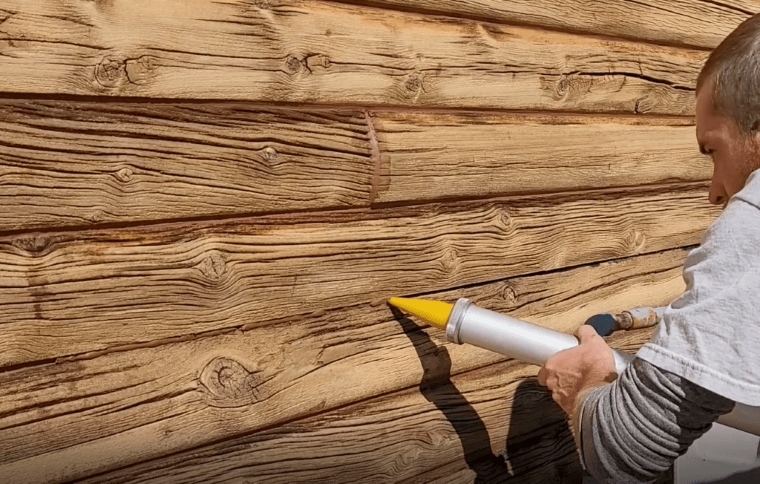
Sealing your log home offers these key advantages:
- Prevents Water Damage: Sealing protects the wood from moisture infiltration, preventing issues like rot, mildew, and mould, which can compromise the home’s structure.
- Improves Energy Efficiency: A well-sealed log home keeps drafts out, reducing energy costs by maintaining a consistent indoor temperature.
- Extends Longevity: By sealing gaps and cracks, you protect the wood from wear and tear, helping the logs last longer and reducing the need for repairs.
- Protects Against Insects: Proper sealing blocks entry points for insects like termites and carpenter ants, safeguarding your home from infestations.
- Preserves Appearance: Sealing maintains the natural beauty of the wood, preventing fading from UV exposure and keeping the logs looking fresh.
- Reduces Maintenance: With a good seal, you’ll spend less time on frequent maintenance, allowing you to enjoy your home more without constant upkeep.
How Often Should You Reseal Your Log Home?
It’s recommended to reseal your log home every 3 to 5 years, but the exact timing can vary. Factors like the local climate, the type of sealant you use, and how much exposure your home gets to the elements all play a role. If you’re in a place with extreme weather or heavy rainfall, you might need to reseal more often. Look for a loss of sheen or if the logs start turning grey — this means the wood is losing its protective layer and needs attention.
Also, keep an eye out for chipping or peeling of the current stain. These are clear signs that your home could use a refresh to restore its appearance and performance. Regular check-ups help catch these issues early, ensuring your log home remains in top shape and protected from the elements.
Writing for the blog since 2012, Chris simply loves the idea of providing people with useful info on business, technology, vehicles, industry, sports and travel – all subjects of his interest. Even though he sounds like quite the butch, he’d watch a chick flick occasionally if it makes the wife happy, and he’s a fan of skincare routines though you’d never have him admit that unless you compliment his impeccable skin complexion.

